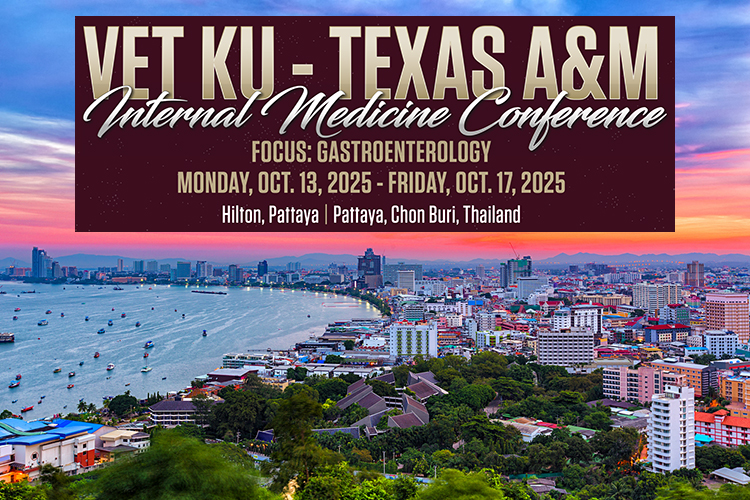General information
The PCR will amplify DNA that is directly extracted from fecal material.
For this test we will require up to 1 gram of fresh feces. The sample should be taken from the abnormal loose stool and must be free of cat litter.
For storage and shipping, please collect the sample and store in the refrigerator for up to one week before shipping. Fresh samples are ideal. Please ship samples cooled overnight with a gel ice pack.
Turnaround: 1-2 business days after receipt of samples.
General information about Campylobacter spp.
Campylobacter-associated enteritis is the most common cause of bacterial diarrhea in humans. While there are many different Campylobacter spp. that have been identified in the intestinal tract of dogs and cats, only a limited number of Campylobacterspp. have been associated with intestinal disease in companion animals: C. jejuni, C. coli. Our PCR protocol exclusively targets these Campylobacter species and, in positive cases, we will report the species identification of the organism present in the sample.
Who should be tested?
Although Campylobacter spp. can be isolated from feces of healthy animals, they can also induce gastrointestinal disease under certain conditions. Risk factors for Campylobacter-associated diarrhea include young animals (especially those less than 6 months of age are at higher risk), concurrent GI infections (e.g., Parvovirus, Giardia spp.), immunosuppression, poor hygienic conditions, and antibiotic therapy.
Humans are highly susceptible to Campylobacter spp. infection and dogs and cats with diarrhea are a possible source of infection for humans, especially infants and children. Therefore, the diagnosis and treatment of Campylobacter-associated diarrhea in dogs and cats is of great zoonotic importance.
Clinical picture, diagnosis, and treatment of Campylobacter spp. infections in the dog and cat
Clinical signs of Campylobacter infection include watery diarrhea, in some cases containing mucus and/or blood, tenesmus, anorexia, fever, and/or vomiting. Diarrhea is usually acute, but might be chronic or recurrent in some cases.
Diagnosis of Campylobacter-associated diarrhea can be made by fecal culture or molecular techniques. Some authors have reported on the microscopic identification of Campylobacter spp. but microscopic examination is associated with a low specificity as it is not possible to differentiate Campylobacter spp. from enteric Helicobacter or Spirillum organisms, thus potentially leading to a false positive diagnosis. Fecal culture allows for identification of the various Campylobacter spp., but depending on the phenotypic and biochemical tests used, results can often be unreliable. In contrast, PCR-based methods allow identification and accurate differentiation of Campylobacter spp. that can be especially useful for those species, which are difficult to cultivate.
Erythromycin (10-20 mg/kg q 8 h PO for 5 days) has been reported to be the treatment of choice, but tylosin (25 mg/kg q 12 h PO for 7 days) is a good alternative for treatment of Campylobacter spp. infections. It should be noted that some antibiotics (e.g., enrofloxacin and metronidazole) can induce drug resistance.
“This service is performed pursuant to an agreement with Roche Molecular Systems, Inc.”

